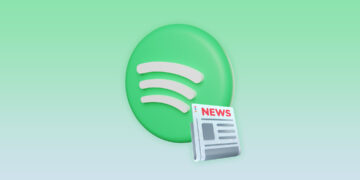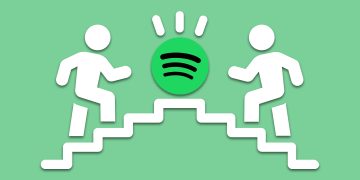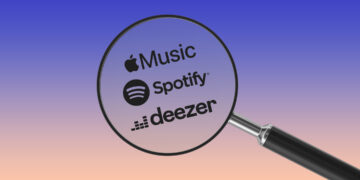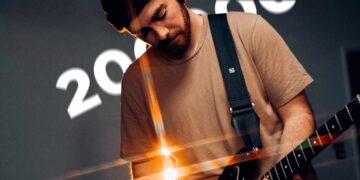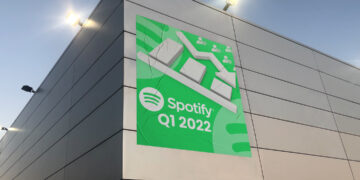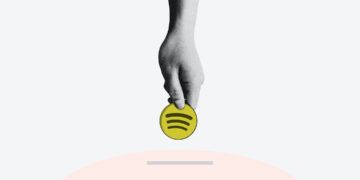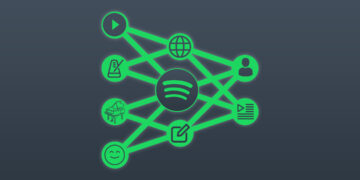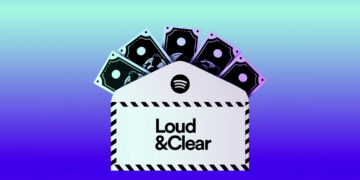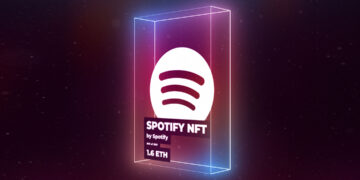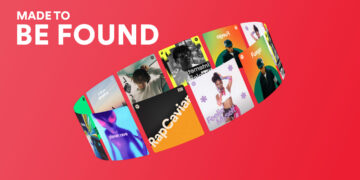How to identify fake playlists
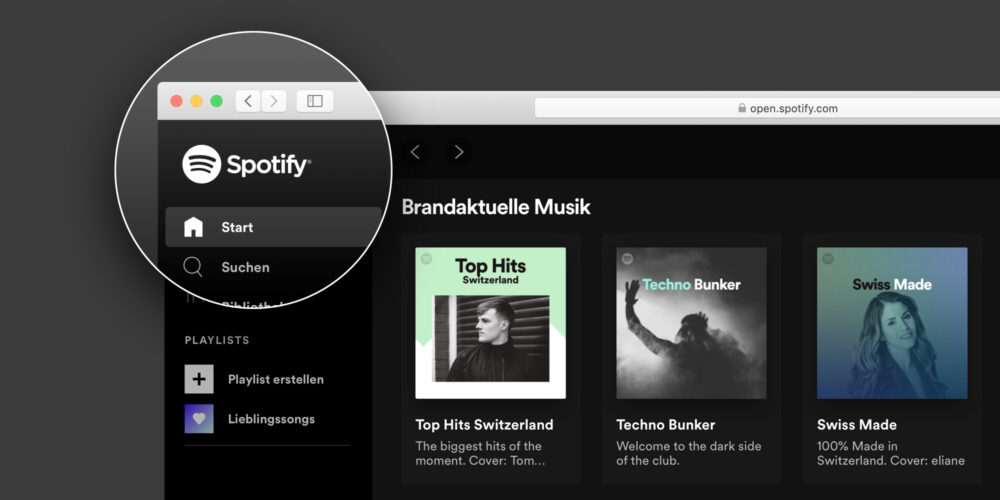
- What you should check before booking a promotion
- Which factors indicate fraud
- Which tools are helpful
How do I know if a playlist is serious and thus a placement creates additional reach? We’ll show you how to find out in advance whether a playlist works primarily with bots.
Many artists want to boost their streams, but are unsure if the offers are serious. We have already mentioned it several times, but we like to say it again: NEVER buy a fixed number of streams! Bot streams don’t generate followers or real fans who attend your concerts or buy your merch. But what about playlist placements? Again, it’s important to look closely.
Check the playlist before you book
First, take a close look at the playlist and its curator:
- Does the playlist only feature unknown artists but has a lot of followers?
- Are some artists represented with multiple songs in the playlist?
- Are the same artists in multiple playlists of the curator?
- Does the curator have multiple playlists that all have roughly the same number of followers?
- Does the curator have large playlists but hardly any followers himself?
- Do the curator’s followers have weird, often similar names and often no profile picture?
These are factors where at least some skepticism is reasonable.
In a second step, you should analyze the profiles of the artists that are currently on top of the playlist:
A comparison between monthly listeners and the top 5 cities is particularly useful. Evaluations show that the top 5 cities represent no more than 10% of total listeners. If the number is higher, there is a high probability that bots are involved. You should also check whether smaller cities generate a disproportionate number of streams.
If you are still not sure, you can do the following tests:
The curator doesn’t want to hear your song before adding it to the playlist? Then it’s all about the money and therefore the playlist is probably fake. If he wants to hear the song first, you can do a another test, but it involves a certain risk: send him your worst track in lousy sound quality. If he accepts it anyway, you have to be skeptical.
Check the curator’s social media presence. If he has many followers but hardly any likes, it smells like fraud. If he is cheating on social media, then probably also with his playlist.
If you have access to tools such as Chartmetric, you should check the development of the playlist’s followers. If the number of followers has increased dramatically, you should assume that fake followers have been bought.
If you have already booked the playlist, you can check the following, as already described here, using Spotify for Artists and your distributor’s insights:
- Streams / Saves ratio (Saves should not be less than 3%)
- Ratio streams / number of listeners of the song (ratio should be between 40-60%, i.e. about twice as many streams as listeners)
- Ratio desktop / mobile (more desktop is suspicious)
- Ratio Free / Premium (more free streams is suspicious)
- Analyze the origin of the streams as well
As an iGroove customer, you’ll automatically receive a warning if the streaming numbers are suspicious so that you can end the booked service early and the song won’t be removed by the streaming providers.
Conclusion: Many offers seem legitimate, but most of them aren’t. If you buy into fake playlists, the damage is much greater than the benefit.
